Text
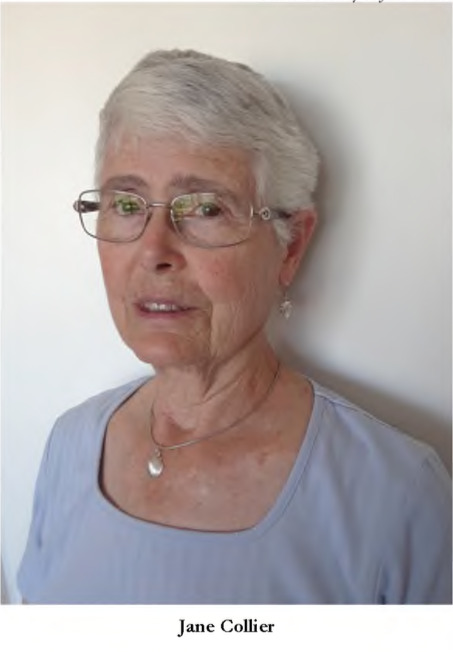
Jane Collier, from an extensive oral history at Stanford -- very useful. They have a few oral histories of other anthropologists as well.
2 notes
·
View notes
Text
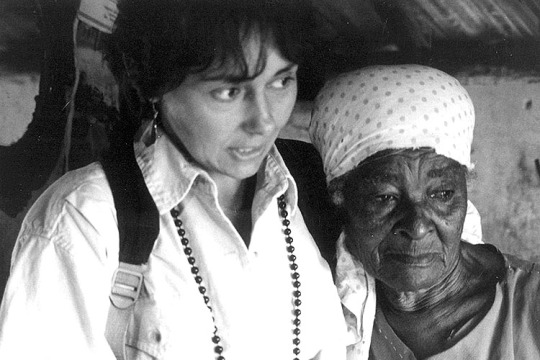
"Scheper-Hughes with friend Dona Biu, from the Alto do Cruzeiro, Timbauba, Brazil in 1987. (Photo courtesy of Nancy Scheper-Hughes)" via UC Berkeley.
Sources on Scheper-Hughes's life include a YouTube interview as well as a two part piece about how her experience of being on welfare shaped her life as a single mother, a professor, and an anthropologist.
6 notes
·
View notes
Text

A rare Lloyd Fallers pic, via the always-excellent Berose
3 notes
·
View notes
Text
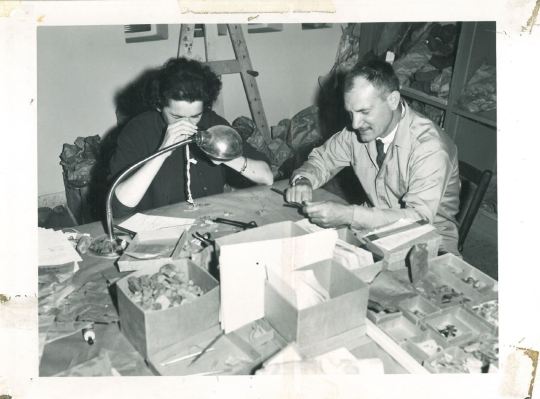
Ralph and Rose Solecki examining artifacts in the Iraq Museum, Baghdad, 1966. Via The Smithsonian
5 notes
·
View notes
Text

'Jonathan Spencer playing “an anthropologist” attempting to interview “a drunk” in a village drama, Ratnapura District Sri Lanka, 1983. Photo by Rohan Shivkumar, 2022'. via an online festschrift for him on POLAR
7 notes
·
View notes
Text

Jill Dubisch, via Anthropology News

Via Bueler Funeral Home
Dubisch started out studying pilgrimage in Greece and then shifted to Vietnam vets' pilgrimage to the Vietnam memorial. She rode cross country on the motorcycle pilgrimage for her fieldwork.
1 note
·
View note
Text
Eric Wolf
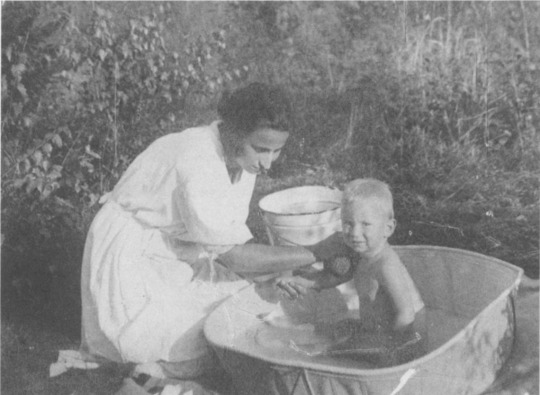
Wolf and his mother in 1925, via the Ghani AE interview
Eric Wolf was born in Austria in 1923, the son of an Austrian father and a Russian mother. The family was Jewish but hardly religious: His father was a textile designer and freemason, his mother a Harbin-born liberated woman who aspired to be a doctor and "talked rather admiringly of what was going on in the Soviet Union" (Ghani interview). Wolf spent his early years in Vienna, and then he moved to the Sudetenland (now the Czech republic) when his father sent to improve productivity at one of his company's textile factories there. When the Nazis took over Austria in 1938 the Wolfs knew Sudetenland would be next, and they fled for England, settling in Essex. (timeline, NAS obit, wolf on Elias)
In 1940, Germany invaded France and the English realized war would come to them. They responded by rounding up immigrant German families and interning them. Wolf's family was sent off to detention camps at Huyten, near Liverpool (). The camps were hardly full of Nazi sympathizers ready to sabotage England's factories -- just the opposite, in fact. Wolf found himself interned with all of the communists and socialists who had fled the Nazis. The organized camp activities, including lecture series (this was before Tiktok when people arranged lecture series when they were bored). As a result, the camp was Wolf's political awakening. He read CLR James and listened to lectures by Norbert Elias, developing left wing and Marxist sympathies.
Wolf's family was eventually released, and immigrated to New York, where they had family. Their boat, the Scythia, arrived in Ellis Island on 7 July 1940 when Wolf was 17 (ancestry). He and his family settled in Jackson Heights, Queens. (NAS) (Elias). Wolf had grown interested in science and nature when he was a student at The Forrest School in Essex (Ghani interview), and continued these studies at Queens College CUNY.

Wolf getting a haircut at Camp Hale in 1944, via the Ghani AE interview
Wolf did not finish his studies before he was called back to Europe -- this time as a soldier. He enlisted in the army on 12 March 1943 to fight the fascism he had fled from just a few years before (Tumblr). He was 19 years old, 5'9" and weighted 149 pounds. For reasons I don't yet understand, he was sent off to Camp Hale to become part of the famous 10th Mountain Division (he was 35th regiment, H company) (10th Mountain Name Index). This unit, originally formed by expert skiers, would have a unique and prestigious history. It included many men who would go on to develop skiing as recreation in the US, as well as Bill Bowerman (found of Nike and inventor of the waffle-soled running shoe), and future politician Bob Dole, who was soon to be almost mortally wounded. More recently, the 10th has served with distinction in Iraq and Afghanistan. Wolf was training was rigorous -- he was taught to ski, climb mountains, and conduct warfare in frigid mountain conditions. Those soldiers you see in movies who pop up out of the snow in white uniforms to ambush people? That was Wolf.
Wolf's division played an important part in the liberation of Italy. It arrived on the peninsula in January 1945. The allied army had spent the better part of two years advancing up the Italian peninsula but has stalled south of the Apennines, where the German 'Gothic Line' held them back. The Fifth Army needed to cross through a mountain pass to take Bologna, but German artillery on the high ground made the road impassible. Wolf's regiment ascended to the mountains behind the German position and encircled them, providing artillery support to the other regiments in the 10th as they took the German positions. Not expected to be surrounded on a mountain top in the middle of the winter, the Germans were defeated.
From there Wolf's division pursued retreating German forces across the Po valley, into upper Lombardy, and up into the Southern Tyrols around Lake Garda, an area he had once vacationed in as a child (Hidden Frontier, 4). In May 1945 the Italian army surrendered, and by July Wolf was being shipped out for an even more difficult assignment -- the invasion of Japan. The US bombed Hiroshima and Nagasaki while his division was in transit across the Atlantic. Wolf arrived in New York Harbor in 11 August and four day later Japan surrendered. On VJ day he found himself in his home town with a month's furlough and a lot of celebration to do. His service officially ended in 30 Nov 1945. (10th mountain chronology)
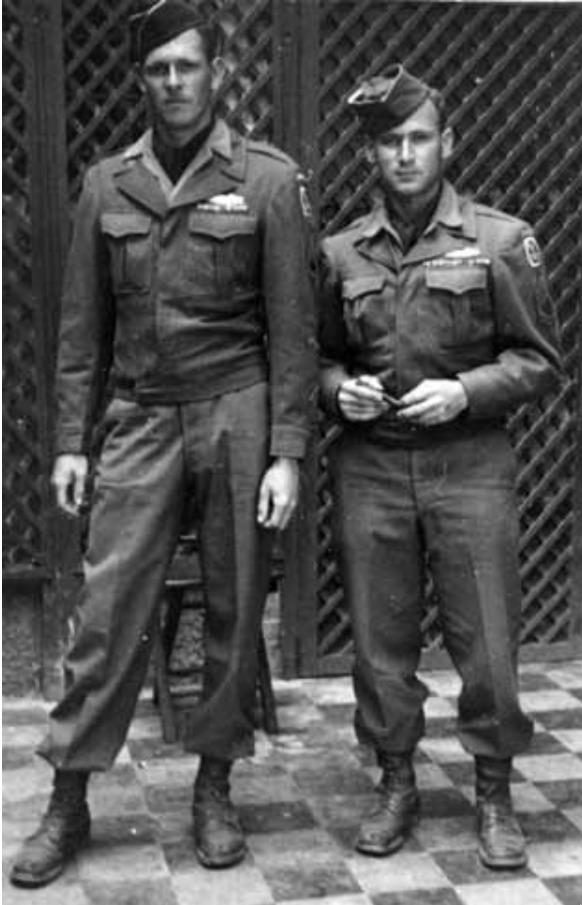
Wolf (right) in Italy with a buddy, NAS obit
After the war Wolf returned to New York and used GI Bill money to finish his degree at Queens in 1946 (NAS obit). It appears that he fell under the influence of Hortense Powdermaker there, and then went on to Columbia to study anthropology.
Wolf encountered Columbia in its first years without Boas. He was influenced by Ruth Benedict, and interviewed Tyrolese as part of her Research in Contemporary Cultures project (Hidden Frontier 5). A more important influence, however, was Julian Steward, a Berkeley grad and protégé of Alfred Kroeber and Robert Lowie. Steward was politically conservative and interested in natural history and evolution. He ran a large program called the 'People of Puerto Rico' project to examine how different crops in Puerto Rico such as coffee and cotton shaped life in areas where they were grown. Wolf got his Ph.D. in 1951 studying coffee plantations on the western side of the island. He thus developed an interest in political economy and Latin America.
Even more important than his formal teachers were Wolf's colleagues. He became part of a circle of similarly minded male veterans who identified at part of the 'MUS' or Mundial Upheaval Society -- the jokingly serious name of the reading group they all participated in. This group included Robert Murphy, Morton Fried, Syndey Mintz, Robert Manners, and others.

Wolf in 1943 -- this is why he would have looked like during his time at Columbia, NAS obit
Wolf spend most of the 1950s teaching at a variety of short-term positions (UIUC, Virginia, Yale, and Chicago). It was during this period that he did fieldwork in Mexico. He also married a social worker named Kathleen 'Katia' Bakeman and began conducting research in Mexico. Eventually, in 1961 he settled down to a permanent position at Michigan, a place where his 'evolution and revolution' brand of anthropology was welcome. (NAS obit 5).
At Michigan he also became increasingly politically active. The main target of his ire was the Vietnam war. He helped to organize the first teach-in, and also became active in AAA politics, opposing those who thought anthropologists should help the the US defeat the Viet Cong.
During his time at Michigan Wolf returned to the Alps, this time to do fieldwork alongside his student John Cole.

Wolf, with son David, during a 1960-61 fieldwork trip in the Italian Alps, via the NAS obit
1971 was a key year in Wolf's life. He left Michigan for the Grad Center at CUNY, where he was to remain for the rest of his life. He also left his wife, who remarried another Michigan anthropology professor -- 1971 was a popular year for divorces -- and married Sydel Silverman, an anthropologist of the Italian alps whose previous husband had died of cancer a few years before. Wolf became a father to Silverman's children and the couple had children of their own, becoming a single happy family. Silverman is best remembered today as the long-time head of the Wenner-Gren foundation. In 1974 Cole and Wolf produced their volume on the Italian alps, The Hidden Frontier. Wolf dedicated it to his first wife.

Wolf with Sydel Silverman
Throughout the 1970s Wolf's intellectual ambition broadened beyond Europe and Latin America, and in 1982 Wolf's magnum opus, Europe and the People Without History, was published. In 1990 he won a MacArthur. He retired in 1992 and died in 1999.
17 notes
·
View notes
Text



Françoise Héritier, from her book Une Pensée en Mouvement via archive.org
7 notes
·
View notes
Text
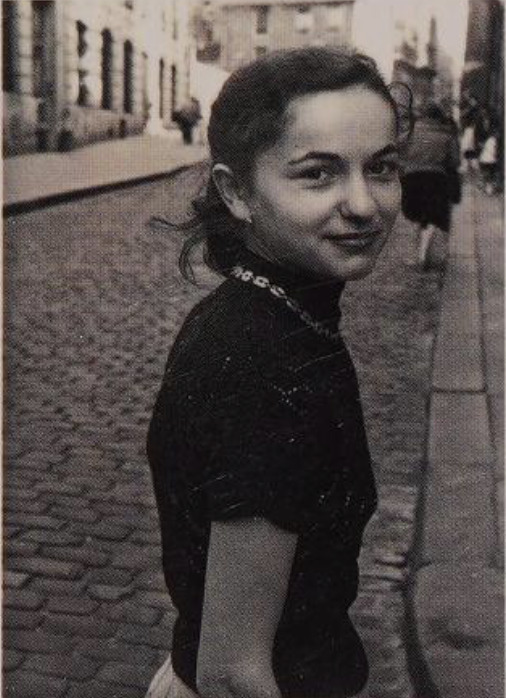
A young Françoise Héritier, via Archive.org
3 notes
·
View notes
Text

Michel Izard, via his festschrift from CNRS
0 notes
Text

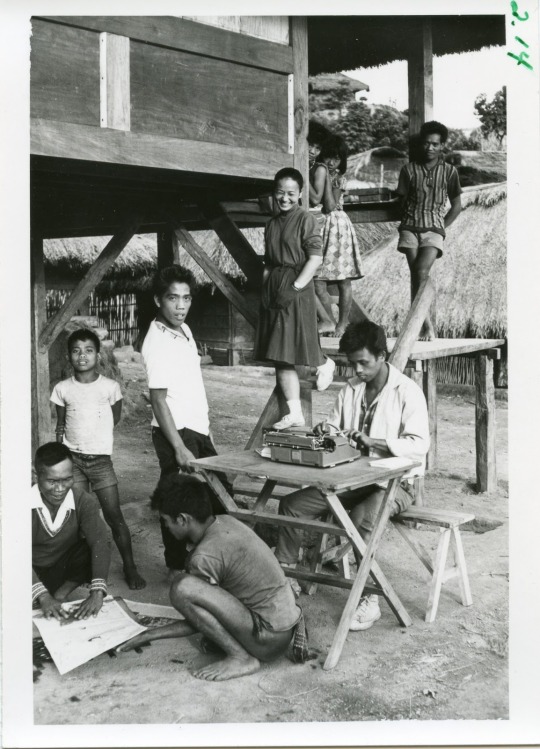
Michiko Takaki was a Japanese student of Hal Conklin's who spent four (4!) years in the field with Kalinga people. Here is an amazing story which deserves more coverage! Via the Smithsonian
5 notes
·
View notes
Text

A self-portrait by the Lakota anthropologist Bea Medicine, via the Smithsonian
4 notes
·
View notes
Text

Marvin Harris, via the Smithsonian
3 notes
·
View notes
Text

Roy Wagner and Marilyn Strathern are well-known to have been close and influenced each other intellectually. This rough timeline of their two careers shows how much they were in parallel.
1 note
·
View note
Text
Claude Lévi-Strauss was an anti-Zionist
I was reluctant to blog too much when AnthroDendum was around, but now that it is gone I feel more comfortable letting loose again. Maybe you are interested in this?
Claude Lévi-Strauss was one of France’s most famous anthropologists. Indeed, he was one of France’s greatest intellectuals of the twentieth century. He also viewed Israel as a settler state.
As is well known, Lévi-Strauss was Jewish. And, unlike some famous intellectuals, he “knew himself to be Jewish” (p. 467 – this and other citations are to the English translation of Loyer’s biography…
View On WordPress
3 notes
·
View notes
Text
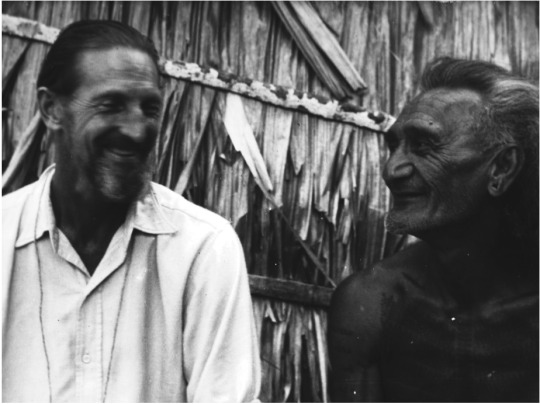
Raymond Firth with Pa Fenuatara, Tikopia, LSE Library Firth Photographs 4/20/5. Via the book Love, Loyalty, and Deceit.
1 note
·
View note
Text

Philippe Descola, via Tipití.
One L, three Ps.
4 notes
·
View notes